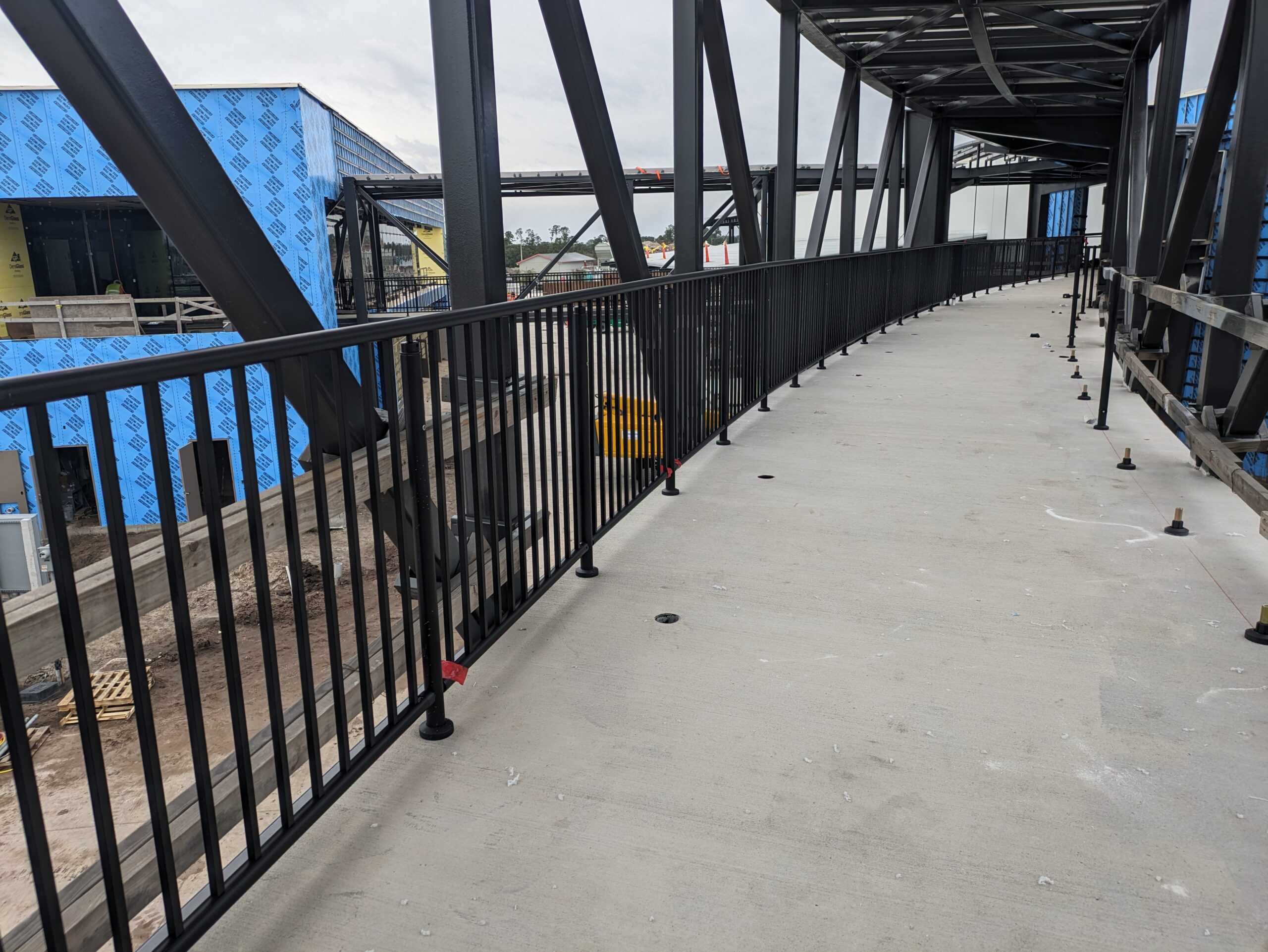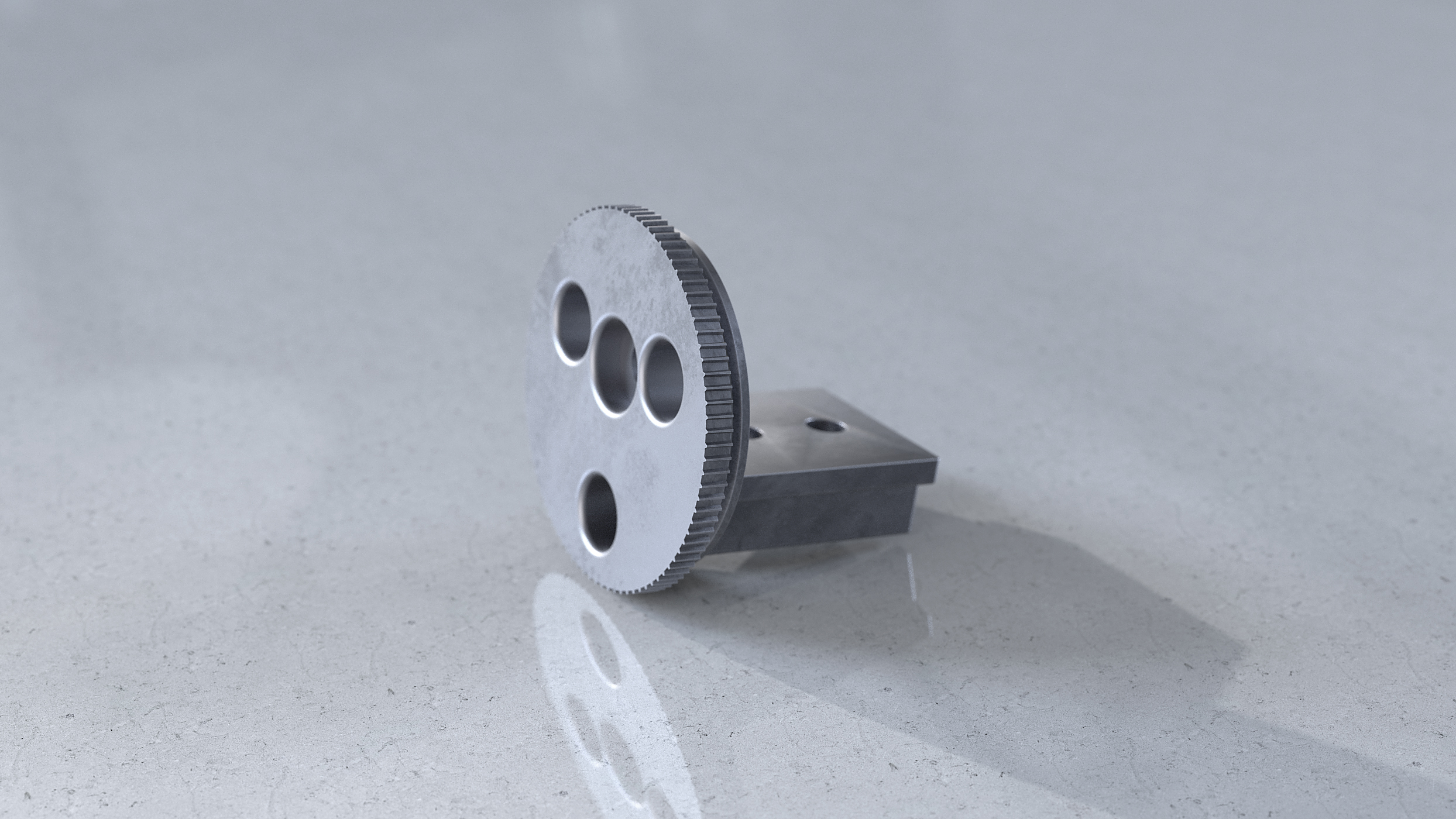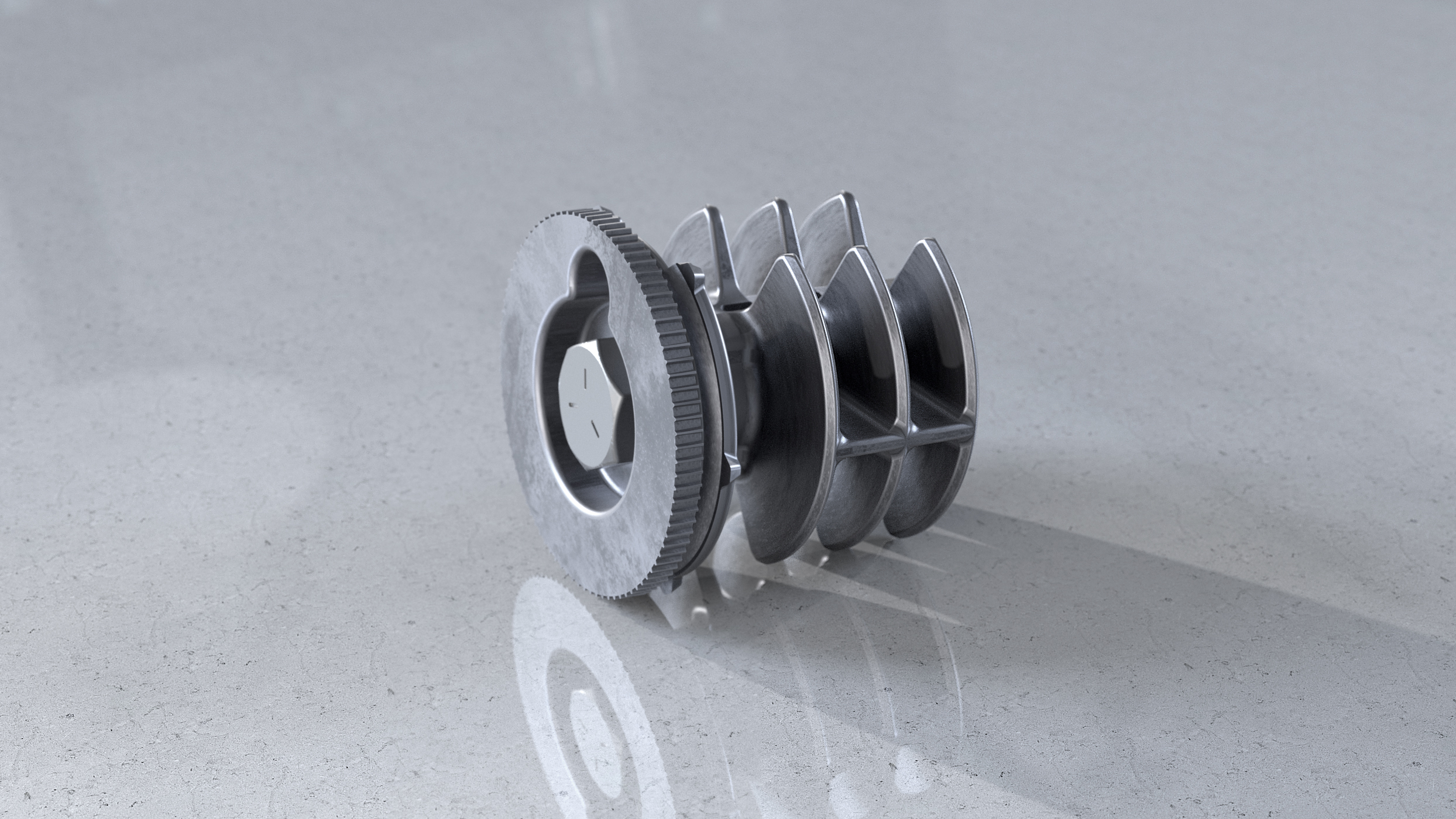What are Grab Bars?
A grab bar is essentially a short piece of a handrail that can be installed anywhere that additional support and safety is necessary. They are designed for smaller areas where maintaining balance may be difficult, leading to the potential for stumbles or falls.
Many grab bars aren’t able to fit into small areas because of the standard-and unsightly-flanges that are typically used to attach the grab bar to the wall. Promenaid has designed a grab bar that is sleek and versatile and that can be mounted to the wall with invisible wall connections-an innovative wall mount disk to which the grab bar is attached.
Promenaid grab bars come in a variety of finishes that will complement your home’s design where other grab bars standout, looking clinical and out of place. The elegance and versatility of a properly placed grab bar will provide the peace of mind that allows you to feel safe in your home.
Choosing the Correct Length of a Grab Bar
Choosing the correct length of a grab bar depends on where the grab bar will be placed and its main function. The grab bar placement in a walk-in shower will differ from a tub grab bar placement or a wall mounted grab bar that provides support at the top of the stairs or the entrance to the home in terms of length.
For easy installation, Promenaid grab bars are easily trimmed to length on-site. This creates incredible flexibility and the ability to fully customize the grab bar to the best possible placement.
Why is Proper Grab Bar Placement Important?
Proper grab bar placement is important to ensure that it is accessible to those that need it most. Placing a grab bar too high or too low renders it ineffective for supporting those with stability issues. Placing grab bars along walls, near elevation changes, and in showers or bathtubs means that they will get the maximum amount of use and be of the most help.
Vertical Grab Bar Placement
Vertical grab bars are ideal in places where there isn’t a lot of wall space to accommodate a horizontal grab bar or an elevation change, such as a step up or down. They also work well in areas where stepping over something could cause stability issues, as in a bathtub.
Horizontal Grab Bar Placement
Grab bar placement can also be horizontal, providing a continuous run for those in need of support around a shower stall or bathtub, along an entrance to a building, and on a stairway to help navigate the elevation change when moving from the stairs to the landing.
Diagonal Grab Bar Placement
Diagonal grab bar placement is ideal in a place where users will change their elevation, such as when sitting down in a tub. The grab bar can be utilized both as they lower themselves into the tub and when they need the support to stand back up.
The 5 Best Places to Install Grab Bars
Grab bars are incredibly helpful in a wide variety of areas throughout the home. Proper placement of bathroom grab bars reduces the likelihood of falls while bathing or showering. Placing grab bars near the entrance or exit of a home provides added stability. Their incredible versatility allows for creative placement anywhere they are needed.
1. In a Shower
Bathroom grab bar placement is one of the best ways to reduce the likelihood of falls when navigating a wet and slippery environment. When determining where to place grab bars in a shower stall, the ideal height according to the Americans with Disabilities Act Standards for Accessibility is between 33” and 36”. Ensuring that the shower stall grab bar placement is at the correct height to provide support for those using the shower is essential.
The best placement for grab bars in a shower is a horizontal placement that will allow the user to navigate around the shower stall with ease. Installing a grab bar around the perimeter means that no matter where it is needed, the grab bar for the shower stall will always be accessible.
2. In a Bathtub
The bathtub grab bar placement is lower than one in a walk in shower. The main consideration when determining tub grab bar placement is the height needed for the user to safely lower themselves to a sitting position in the bathtub. If it’s too high, they may not be able to fully lower into the tub. If it’s too low, they may have to bend to grab it, and it won’t provide enough leverage to get them back to a standing position when they’re ready to exit the bathtub.
3. Entrances and Exits Through a Doorway
A vertical grab bar placed in both the interior and exterior of the home where a step is present is ideal for creating the safest possible passage into and out of the home. These elegant wood-wrapped grab bars are attached to both sheetrock and brick, highlighting their versatility.
4. Near an Exterior Door
The space outside of an exterior door is an ideal place for a grab bar. Whether a person needs to maintain balance, rest their weight on the grab bar while maneuvering into the home, or reduce fatigue from stepping in or out, an exterior grab bar will meet their needs.
5. At the Top of the Stairs
In addition to a handrail, adding a grab bar to a stairway can complete the look and add additional safety to a landing. In this case, because of the lift chair, a handrail is unnecessary on one side of the stairway, but a grab bar increases the level of safety when getting off of the lift chair and moving on to the upper stair landing. This example of creative grab bar placement highlights the versatile nature of grab bars to add safety and stability anywhere it is needed.
An Easy Addition
Grab bars can improve livability by enhancing safety and creating a sleek aesthetic. They are entirely DIY-friendly and an affordable option for cost-conscious homeowners. For homes with elderly residents or for aging in place design considerations, grab bars are an essential part of everyday life and an effortless addition to any living space.
Prevent your next fall and invest in Promenaid grab bars today.







